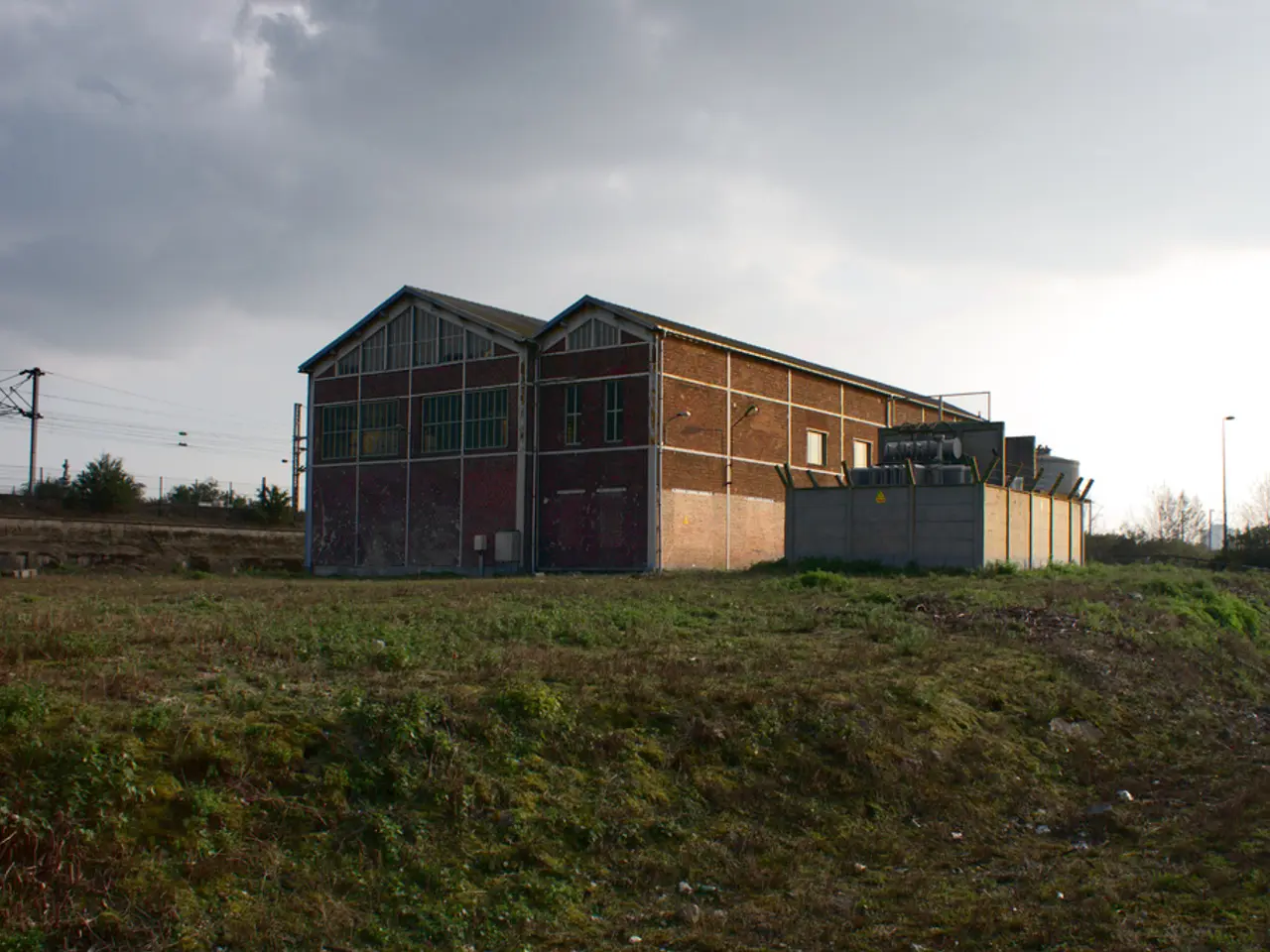Guide on Assuming Control of Utilities During House Relocation
Moving Into a New Home: A Guide to Changing Utilities
Moving into a new home is an exciting time, but it can also be a bit overwhelming. One essential task to tackle is managing your utilities. Here's a step-by-step guide to help you navigate the process.
Identify Your Current Suppliers
Your first step is to find out who your current utility providers are. You can usually find this information on previous bills left by the former occupant or landlord. If you can't find the details, don't worry. You can still proceed with the following steps.
Find Your Network Operators
For electricity and gas, visit the Energy Networks Association or Find my GDN website and enter your postcode to identify the network operators responsible for your area. For water, check the Water UK website or local water company websites to find the water and wastewater network operator for your postcode.
Compare and Choose Energy Suppliers
Your physical connection is managed by a network operator, but you can choose your energy supplier. Use trusted energy comparison websites like Uswitch to find and switch to the best or cheapest gas and electricity supplier available for your postcode. These platforms help you compare tariffs, check prices, and initiate switching.
If you're interested in renewable or green energy suppliers, consider companies like Good Energy and Octopus Energy, which offer 100% renewable tariffs.
Contact Your Suppliers
Once you identify your current supplier or choose a new one, notify them of your move-in date so they can ensure your supply is activated and billing is correct.
Reading Meters and Providing Details
For homes with a water meter, take a reading. When moving, provide your current water company with notice and your new address. Reading meters and contacting suppliers is important to receive accurate bills for what you've used.
If you're moving into a home with oil central heating, find out if the seller is leaving some oil in the tank. When you switch suppliers, provide your meter readings and details about your new home's current supplier to the new supplier.
Billing and Responsibilities
Unpaid energy bills are the previous owners' responsibility. Inform the energy supplier that you moved in after the energy was used. Back-billing rules prevent suppliers from sending bills for energy used more than 12 months ago, unless a bill was received and not paid before the year passed.
In summary, start by identifying your network operators through postcode lookup tools for gas, electricity, and water. Then use energy comparison sites to find or switch suppliers. Confirm meter details especially for flats or new builds to avoid billing errors. For water, use the Water UK service to find your supplier. With these steps, you'll be well on your way to managing your utilities in your new home.
- Consider installing solar panels on your roof as part of your home-and-garden projects to reduce your overall energy costs and contribute to renewable energy sources.
- For a more energy-efficient kitchen, opt for induction cooktops and energy-star rated appliances to lower electricity bills.
- In addition to managing your utility bills, consider implementing lifestyle adjustments to conserve energy, such as using heating sparingly and turning off appliances when not in use.
- Keep in mind that changing your energy supplier or initiating a solar project might require additional investment upfront, but these changes can result in long-term savings and a more sustainable lifestyle.
- During the home-buying process, it would be beneficial to request information about the home's utility consumption history, energy efficiency ratings, and potential for renewable energy installations.
- Incorporating energy-saving practices and eco-friendly home-and-garden changes can increase your home's value and make it more attractive to potential buyers in the future.




